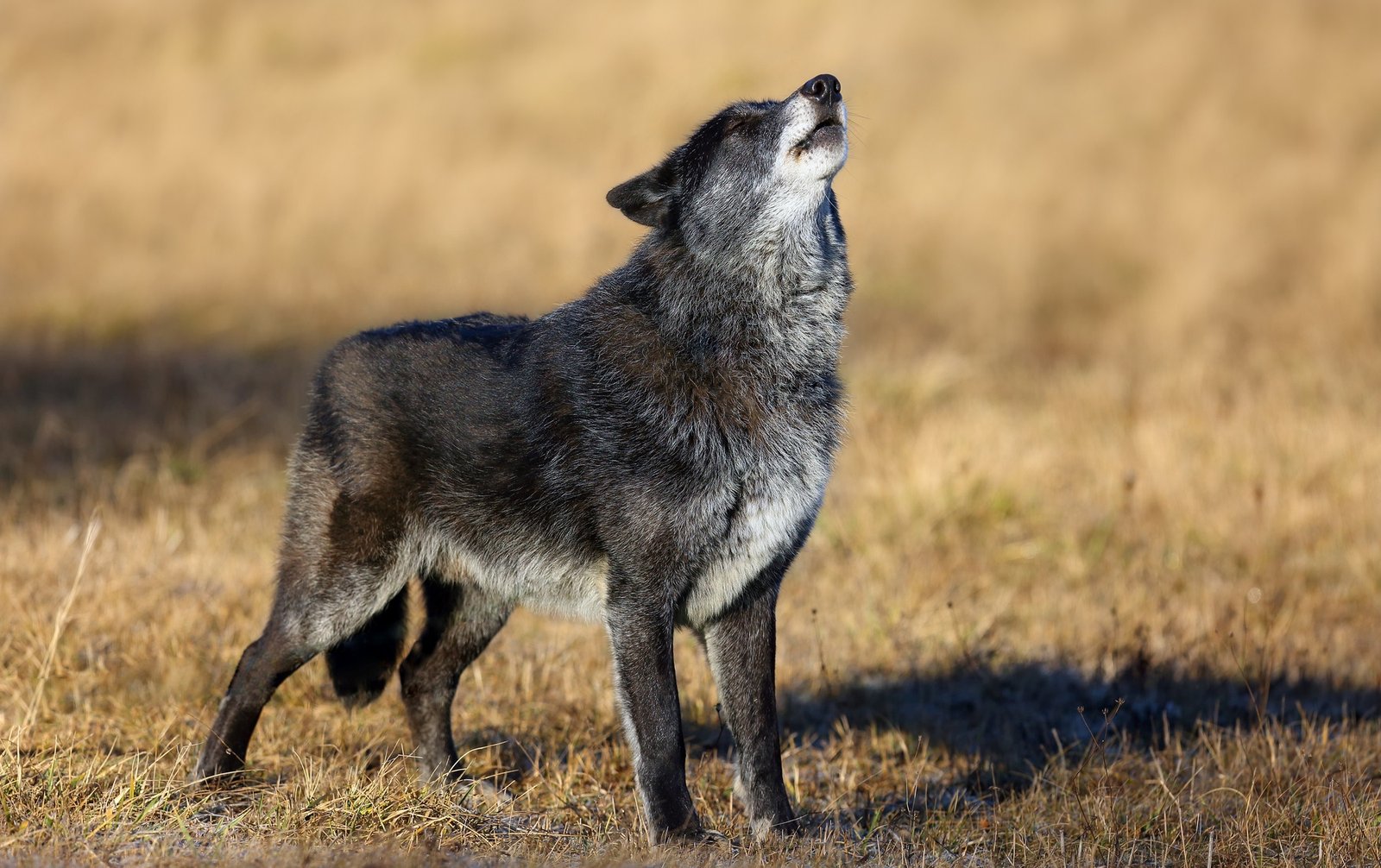Have you ever wondered what sets the Northwestern wolf apart from other wolves—or even from your own beloved dog? With their haunting howls echoing through the dense forests of North America, Northwestern wolves are both mysterious and majestic. For dog lovers, learning about these remarkable animals can feel like peering into the wild roots of our loyal companions. Their behavior, appearance, and intelligence are nothing short of awe-inspiring. Prepare to be surprised, delighted, and maybe even a little bit envious as you discover what makes the Northwestern wolf so extraordinary.
Impressive Size and Strength
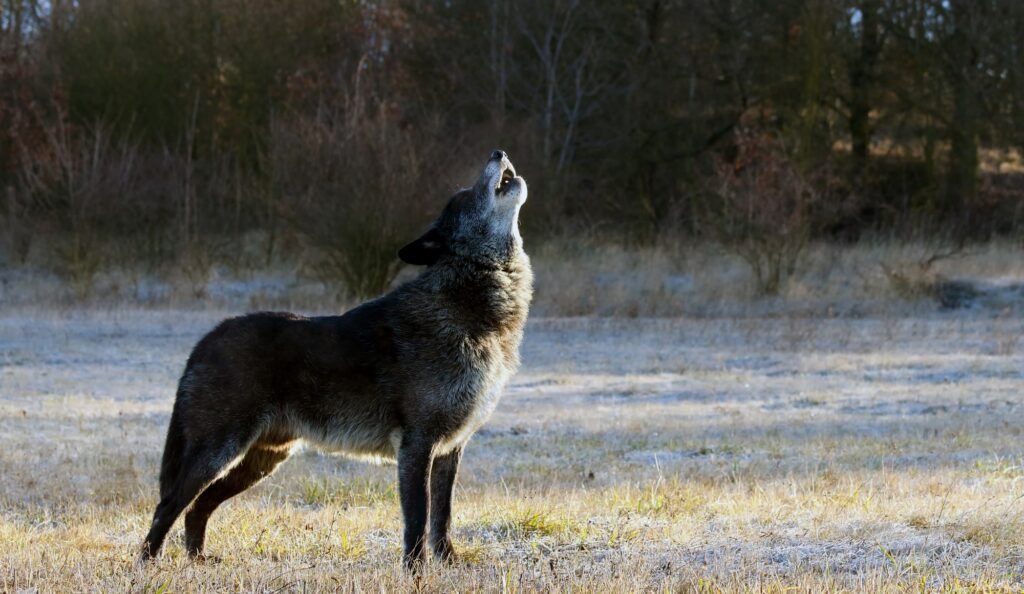
The Northwestern wolf stands as one of the most robust wolf subspecies in North America. Adult males can weigh up to 150 pounds, sometimes even more. Females, while smaller, are still imposing compared to most wolves. Their powerful muscles help them travel long distances and take down large prey. If you’ve ever marveled at your dog’s athleticism, imagine it multiplied many times over! This sheer size is an adaptation to the cold climates they inhabit, as larger bodies retain heat better. Their strength isn’t just for show—it’s essential for survival in the harsh northern wilderness, where hunting can be a matter of life or death.
Thick, Weather-Resistant Fur

Northwestern wolves are dressed for the coldest winters. Their double-layered coats are a marvel of natural engineering, with a soft undercoat for warmth and a coarse outer layer that repels water and snow. During harsh winters, their fur becomes even denser and fluffier, providing insulation against freezing temperatures. The colors of their coats can range from pure white to deep black, with many shades of gray in between. This thick fur not only keeps them warm but also helps them blend seamlessly into snowy or forested landscapes, making them masters of camouflage. It’s like your dog’s winter coat, but taken to the extreme—nature’s own parka!
Highly Intelligent Social Structure
One of the most fascinating things about Northwestern wolves is their complex pack dynamics. They live in tight-knit family groups led by an alpha pair—the “mom” and “dad” of the pack. Social roles are well defined, and cooperation is key. Wolves communicate with each other using vocalizations, body language, and even facial expressions. Decision-making within the pack is often democratic, with group members weighing in on when to hunt or move. This intelligence and social savvy are qualities that dog lovers will instantly recognize—after all, many of our pets’ behaviors are echoes of their wild cousins’ pack instincts.
Wide Geographic Range
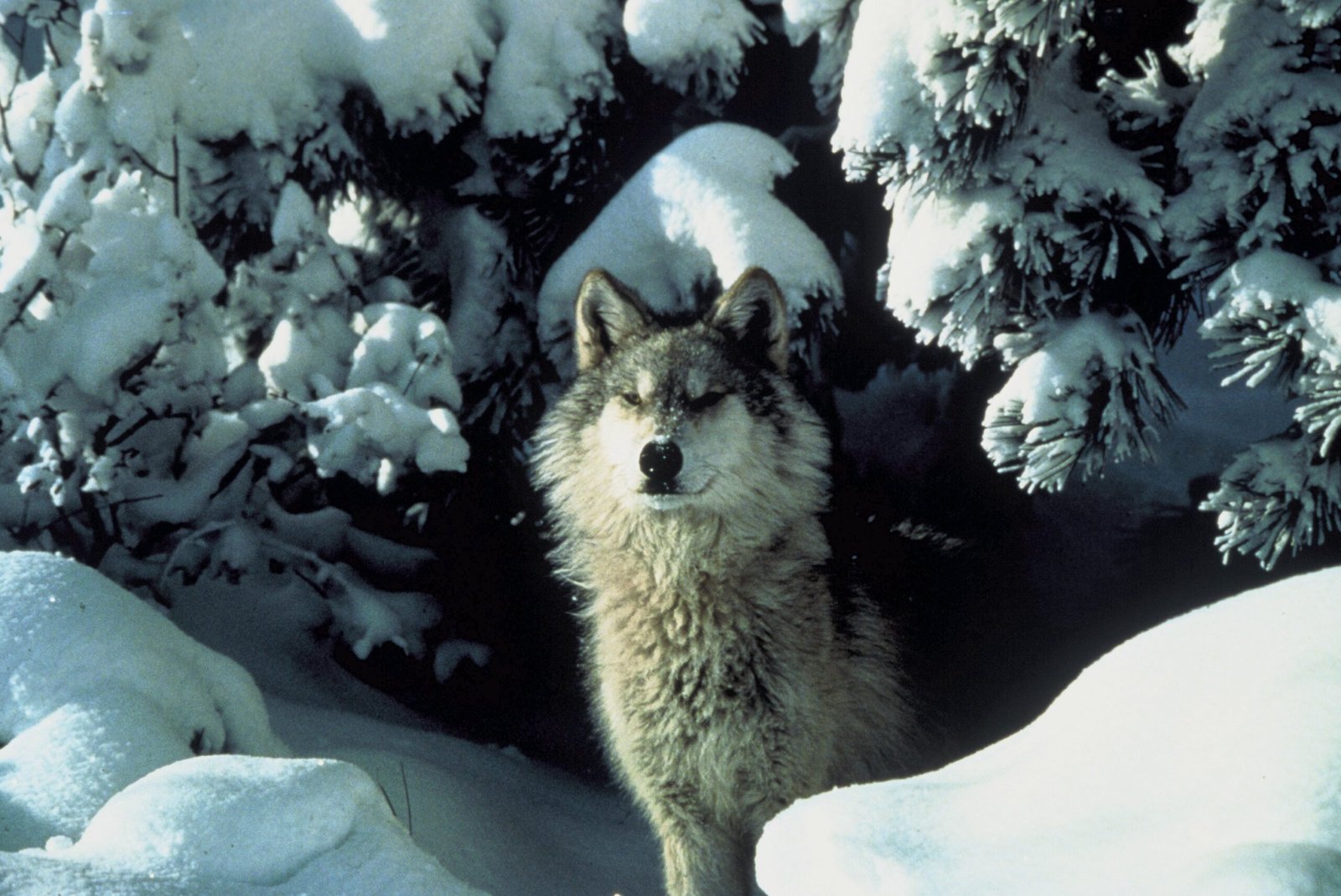
The Northwestern wolf isn’t confined to one small area. Instead, it roams vast stretches of North America, from the Canadian Yukon down to parts of the northern United States. This adaptability to a range of environments—from dense forests to open tundra—shows just how resourceful these wolves are. Their territories can span hundreds of miles, and packs have been known to travel great distances in search of food. Such a wide range means they encounter a huge variety of challenges, from different prey animals to changing climates. Their ability to thrive almost anywhere is a true testament to their survival skills.
Powerful Hunting Skills
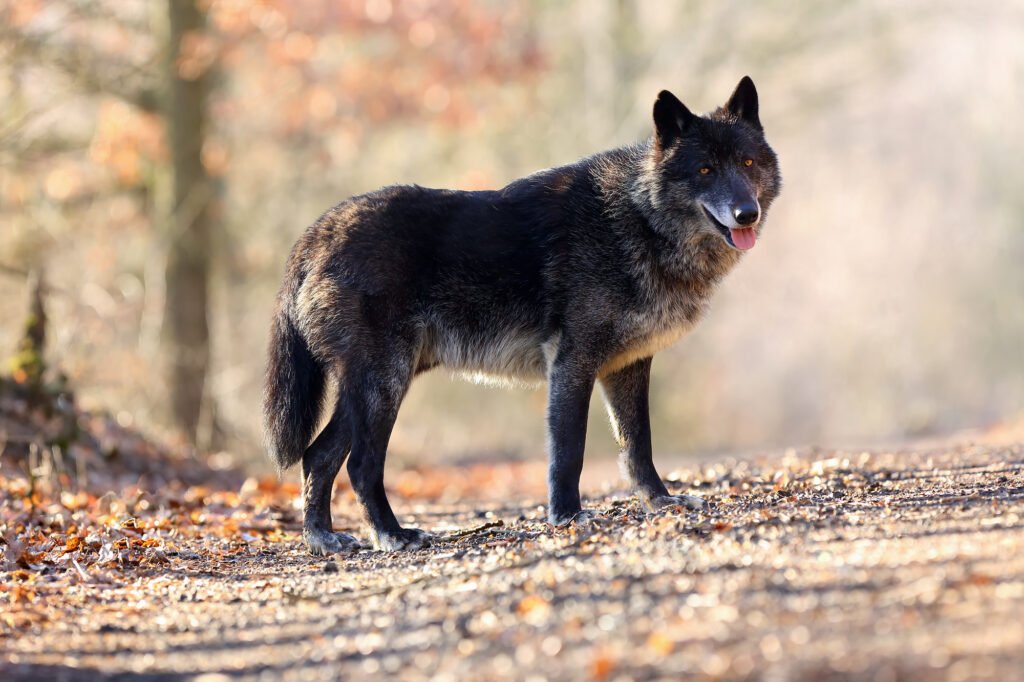
When it comes to hunting, Northwestern wolves are nothing short of experts. Working together, they can bring down prey several times their own size, such as elk, bison, and moose. Hunting is a group effort, with each wolf playing a specific role—some chase, others ambush, and a few will block escape routes. It’s a bit like watching a championship sports team, each member knowing exactly what to do. This cooperation is learned from a young age, and pups are taught by older wolves how to hunt effectively. Their success relies on both strength and strategy, making every hunt a dramatic and suspenseful event.
Incredible Endurance
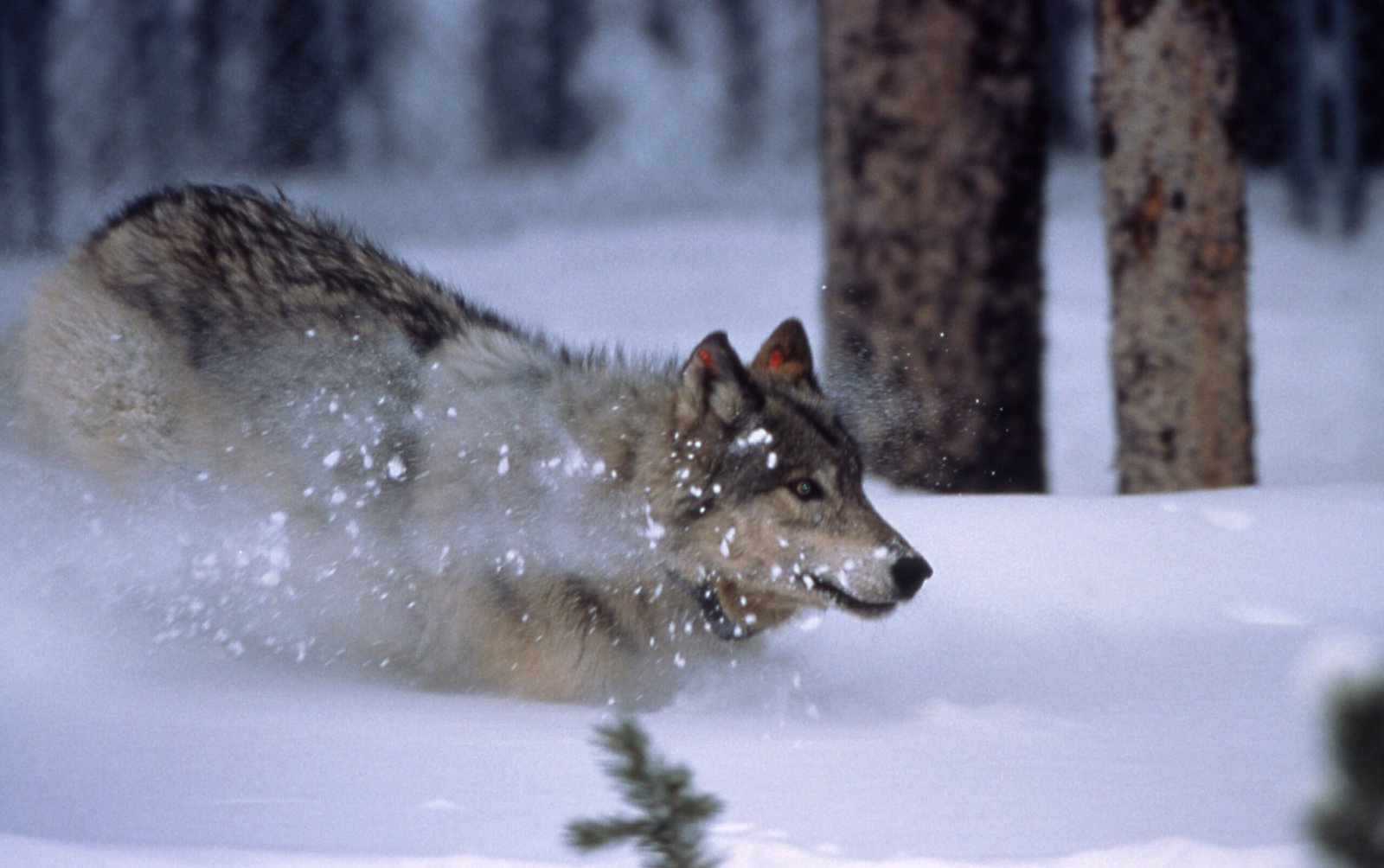
Northwestern wolves are built for distance, not just speed. They can trot for hours without tiring, covering up to 30 miles in a single day if needed. This endurance is crucial when prey is scarce or when the pack needs to relocate to a new territory. Their long legs and narrow chests are perfectly designed for efficient movement through snow and rough terrain. For dog lovers, this might remind you of your pup’s endless energy on a hike—but multiply that stamina by ten! Their relentless drive and stamina are key to surviving in the demanding northern landscapes.
Distinctive Howling Communication
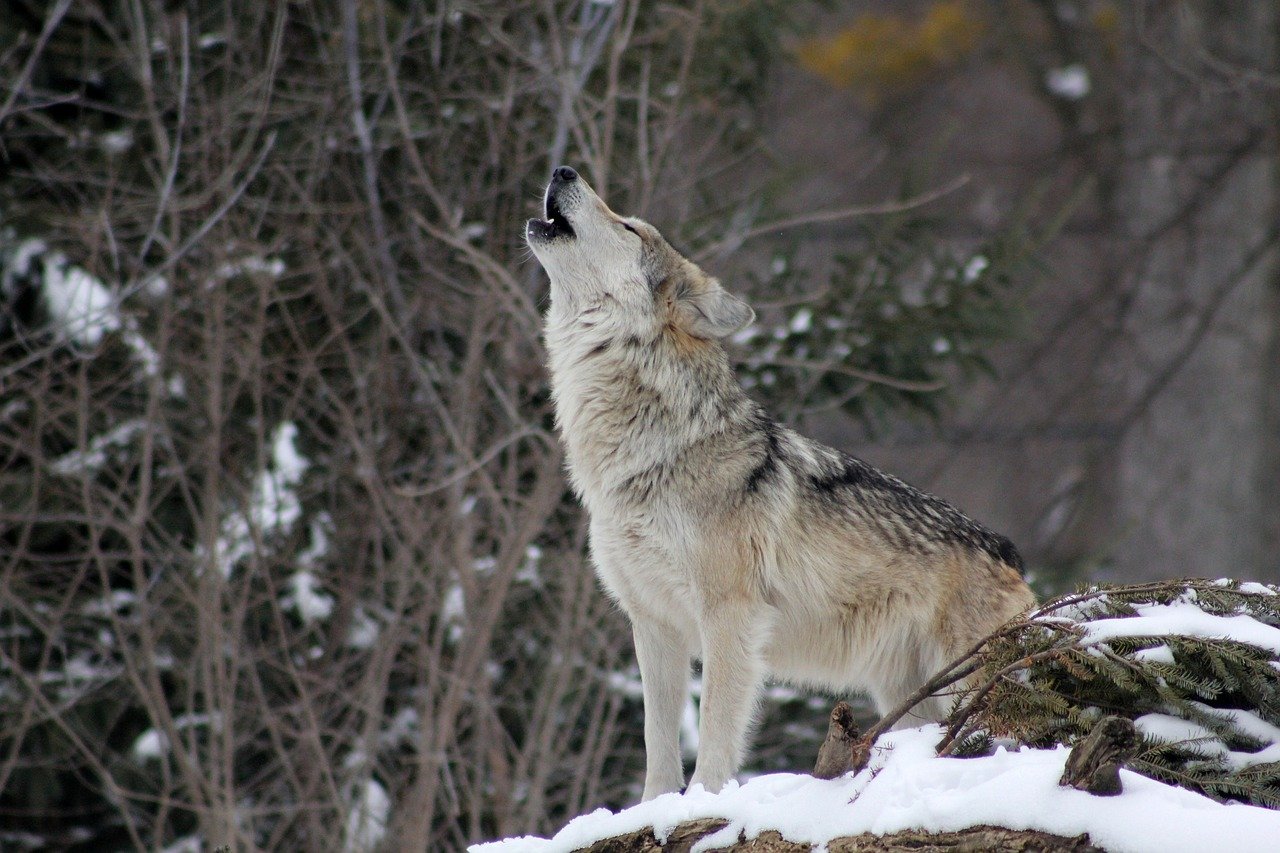
The haunting howl of the Northwestern wolf is more than just a call into the night—it’s their version of a group chat. Howling helps wolves communicate over long distances, coordinating hunting, warning of danger, or simply keeping in touch with distant pack members. Each wolf’s howl is slightly different, like a vocal fingerprint, and pack members can recognize each other by sound alone. Sometimes, entire packs will join together in a chorus, strengthening social bonds and marking territory. These vocalizations are deeply emotional, ranging from joyous greetings to mournful farewells, and remind us of the strong bonds shared by our own dogs.
Strong Parental Instincts
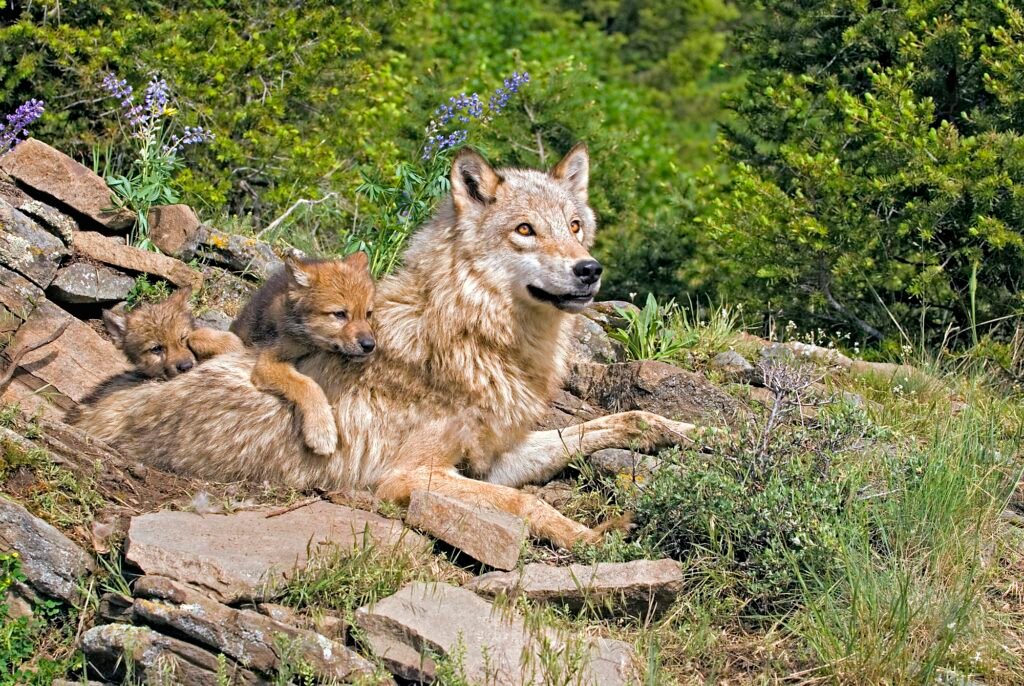
Northwestern wolves are devoted parents. Both the alpha male and female take part in raising pups, and even older siblings help care for the youngsters. The entire pack pitches in, bringing food to the den and protecting the pups from danger. This sense of shared responsibility creates a close-knit family atmosphere. Wolf pups are playful and curious, learning essential survival skills through games and gentle discipline. Their upbringing is filled with affection and teaching moments—much like how we nurture our own pets and children. This strong parental care ensures the next generation is well prepared for the challenges of the wild.
Territorial Loyalty
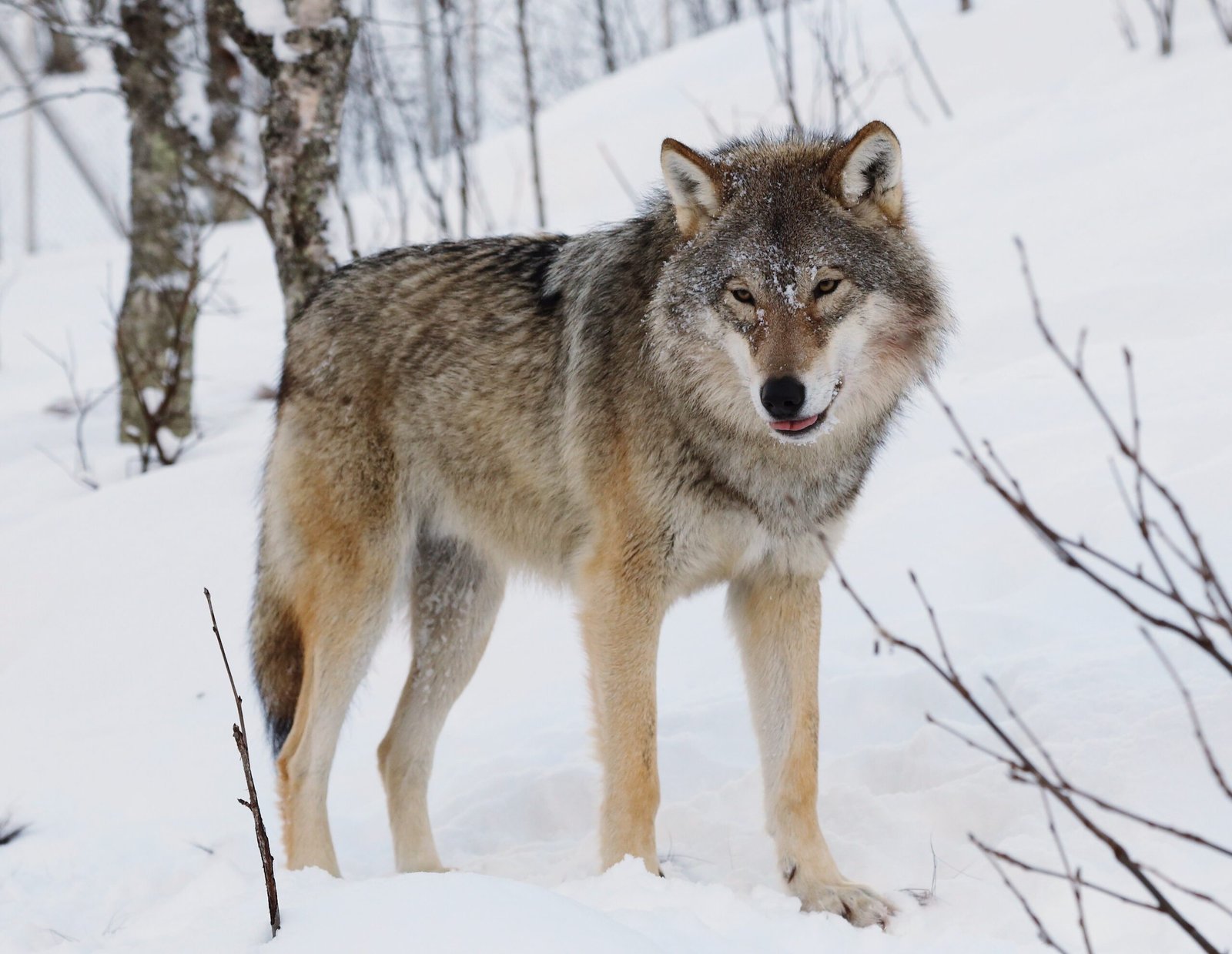
Wolves are fiercely protective of their territory. The Northwestern wolf marks its range with scent markings and howls, making sure neighboring packs know to keep their distance. This territorial nature helps reduce conflict and ensures there are enough resources for each group. When intruders are detected, the pack will band together to defend its home, sometimes engaging in dramatic stand-offs. This loyalty to their land echoes the way our dogs guard their homes, barking at strangers or unfamiliar animals. It’s a deep-seated instinct that helps wolves—and our pets—feel safe and secure.
Adapting to Human Encounters
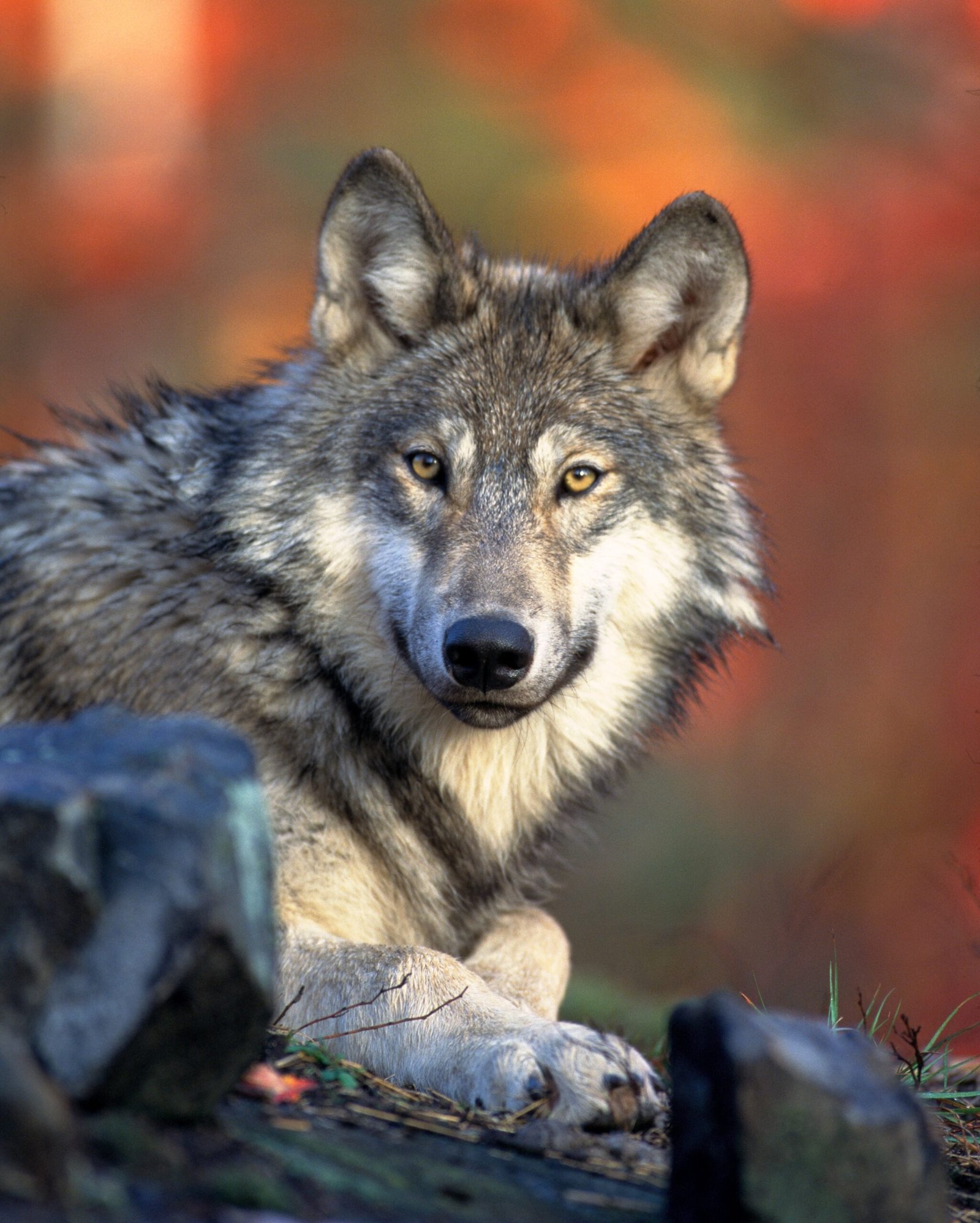
As humans have expanded into wild areas, Northwestern wolves have had to adapt quickly. They tend to avoid direct contact with people, becoming more elusive and wary. Yet, some wolves have learned to navigate the edges of human settlements in search of food, demonstrating remarkable flexibility. Despite facing threats from hunting and habitat loss, many packs continue to thrive by altering their behaviors. For dog lovers, this adaptability is a reminder of how resilient and intelligent these animals are—qualities that have allowed both wolves and dogs to survive alongside humans for thousands of years.
Stunning Physical Features
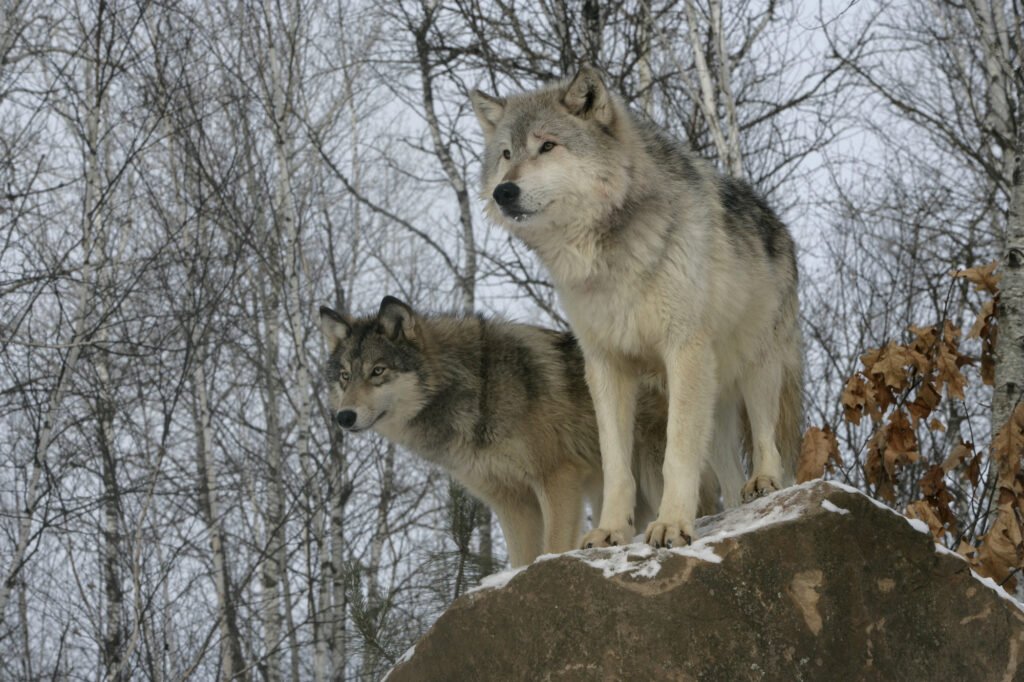
When you picture a Northwestern wolf, think of a creature both elegant and powerful. With broad heads, sharp amber eyes, and strong jaws, they are built for both beauty and function. Their bushy tails, large paws, and erect ears give them an alert, regal appearance. Every feature serves a purpose—paws for running on snow, ears for picking up distant sounds, and jaws powerful enough to crush bone. Seeing a Northwestern wolf in the wild is an unforgettable experience, as their presence commands respect and awe. They are a living reminder of the untamed spirit that still roams our forests.
Resourceful Diet
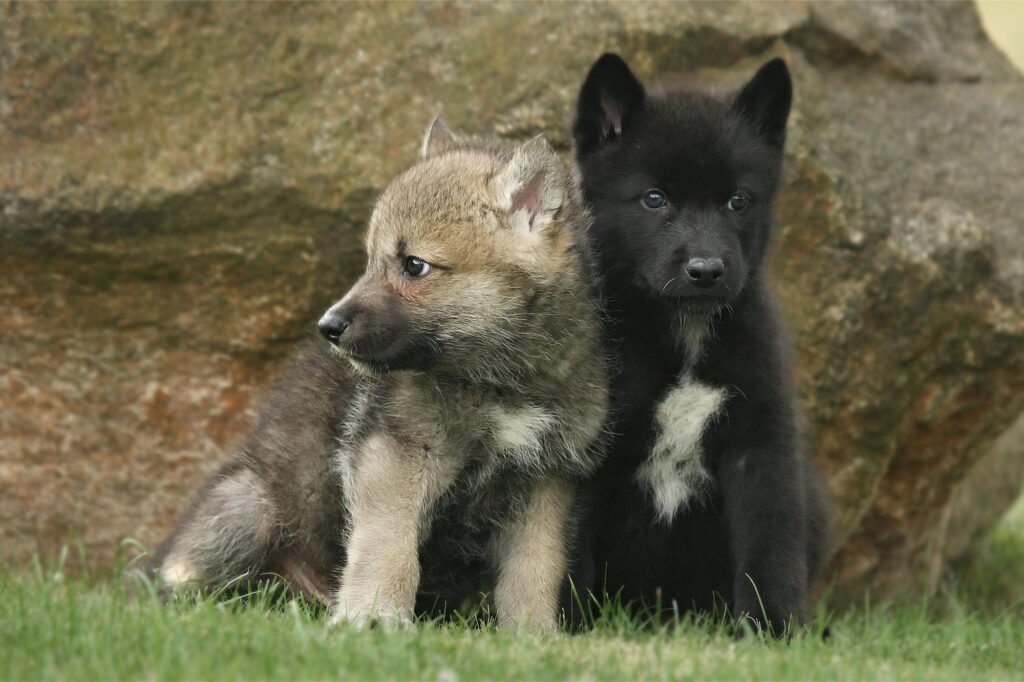
Northwestern wolves are not picky eaters—they are opportunistic and will consume whatever is available. While large game like elk and moose are preferred, they will also eat smaller mammals, birds, and even fish when necessary. In lean times, they scavenge leftovers from other predators or search for berries and plants. This flexibility in diet is crucial for survival, especially during harsh winters when food is scarce. Their resourcefulness mirrors the adaptability seen in many dogs, who can thrive on a variety of foods. It’s another example of nature’s cleverness in action.
Long-Lasting Family Bonds
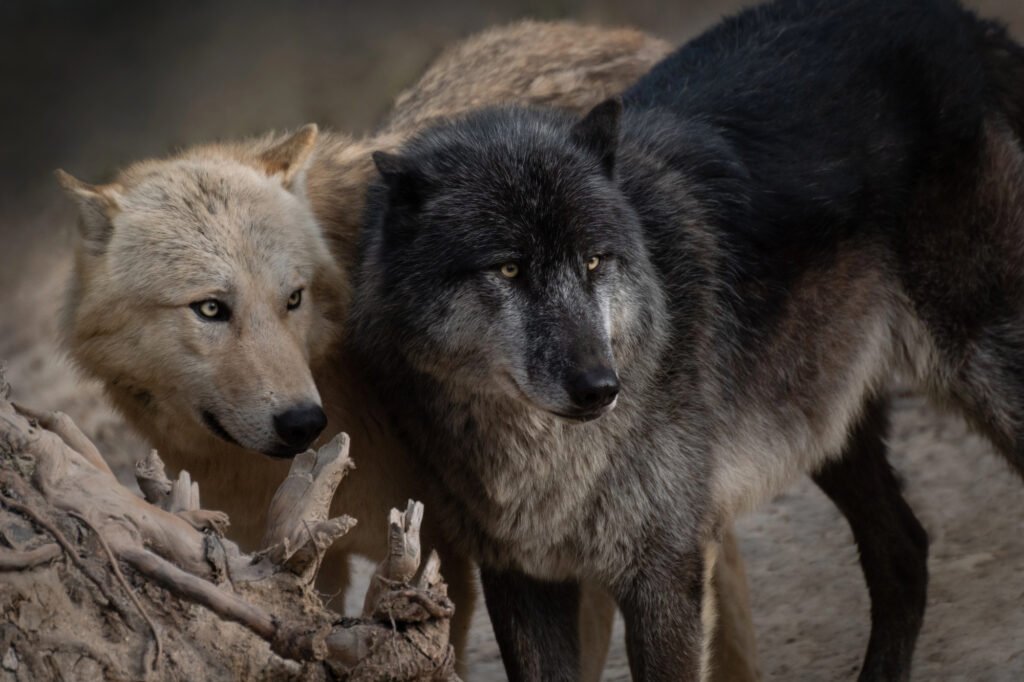
The bond between Northwestern wolves doesn’t end when the pups grow up. Many young wolves stick with their family pack for several years, helping to raise new litters and defend the territory. These enduring relationships create a stable and supportive social structure. Emotional connections run deep, and wolves mourn the loss of pack members with visible grief. This depth of feeling and loyalty is something every dog lover can relate to—after all, our dogs are so much more than just pets; they are family. The wolf’s capacity for love and loyalty is truly touching.
Playful Personalities
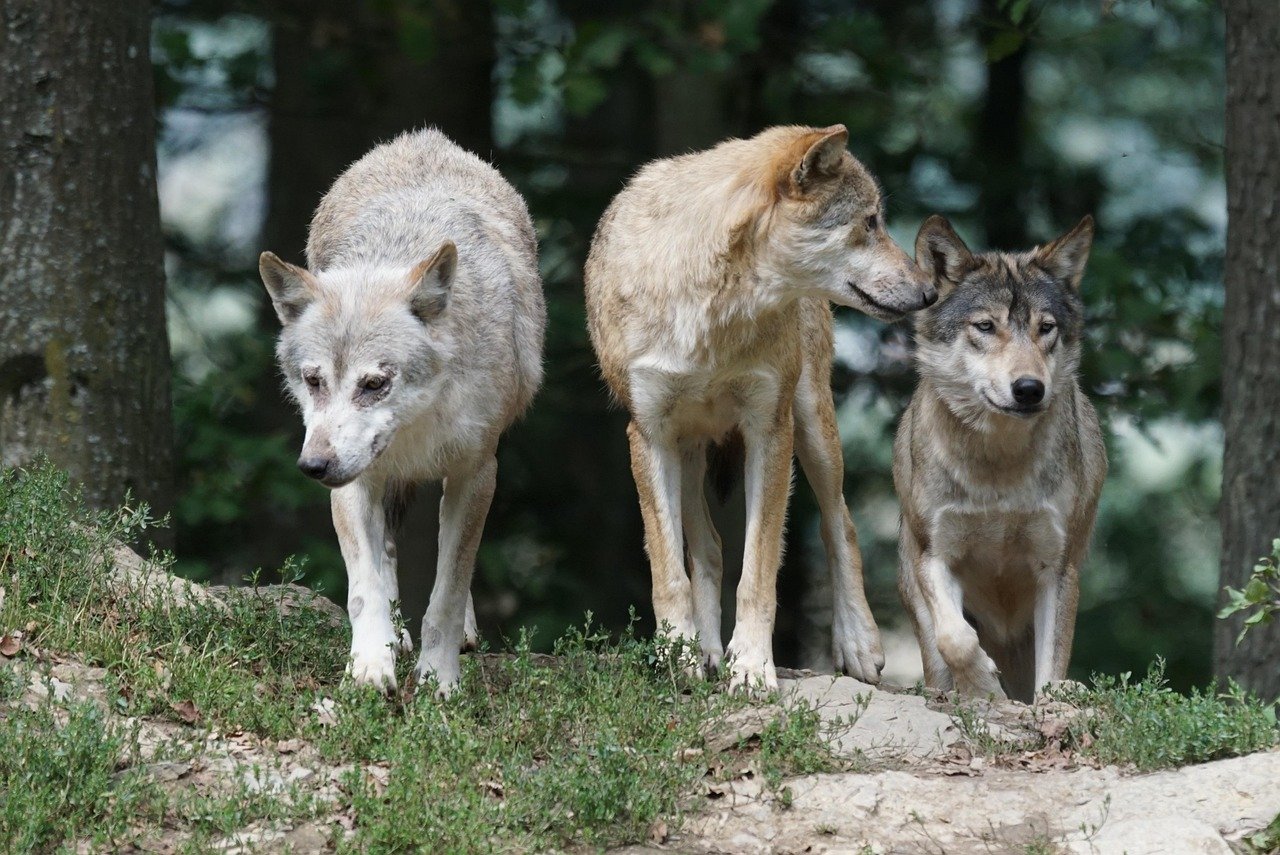
Despite their reputation as fierce predators, Northwestern wolves can be surprisingly playful. Adults and pups alike engage in games of chase, tug-of-war, and mock fights. Play is not just for fun; it teaches important skills and strengthens social bonds within the pack. Watching wolves at play is a joyful reminder of the lighter side of life in the wild—full of laughter, tumbles, and wagging tails. This playful energy is a trait shared with our own dogs, who delight in similar games and antics.
Vital Role in the Ecosystem
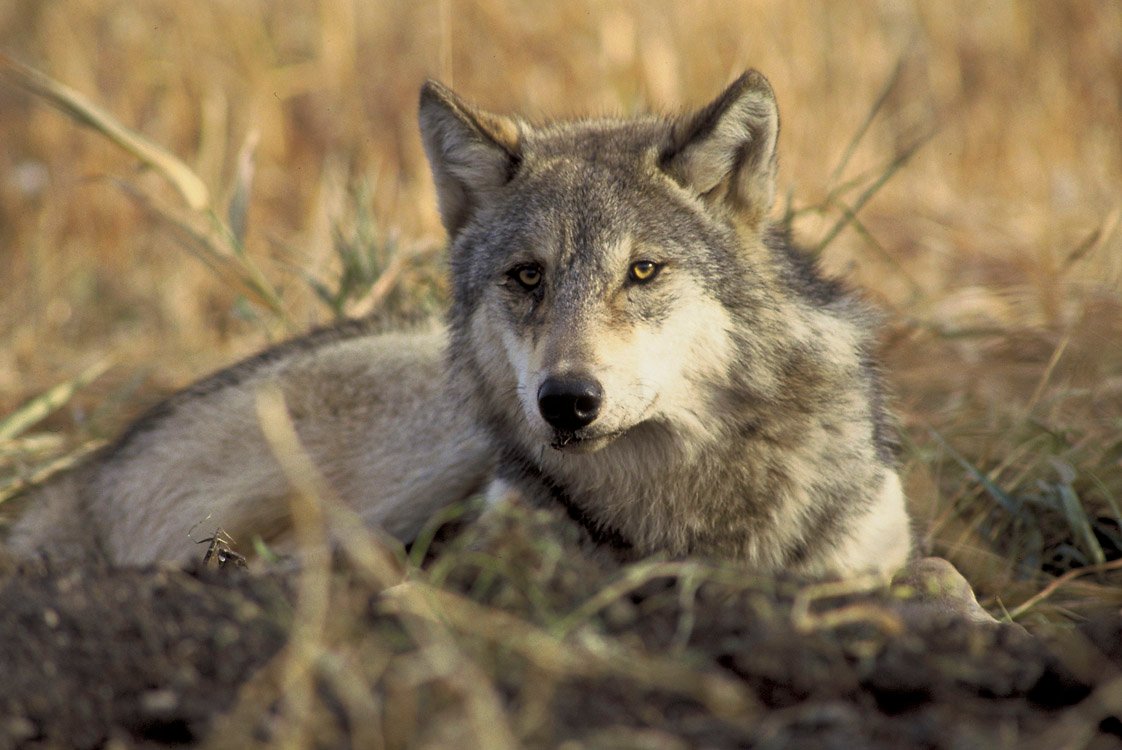
Northwestern wolves are more than just top predators—they are keystone species. Their hunting keeps prey populations in balance, which in turn helps maintain healthy forests and grasslands. By influencing the numbers and behavior of animals like deer and elk, wolves indirectly shape the landscape, allowing plants and other wildlife to thrive. Their presence has even been linked to the recovery of entire ecosystems. For those who cherish the wild and the animals that inhabit it, the Northwestern wolf is a symbol of nature’s balance and resilience.

Esther is from India; the heartbeat of South Asia, holding a Master’s degree in Zoology and a postgraduate diploma in Animal Welfare. Her enthusiasm for animal welfare drives her passion and dedication to working for animals, ensuring their well-being, and advocating for their rights. With a solid academic background and hands-on experience, she is committed to making a positive impact in the field of animal welfare. In her free time, she enjoys embroidery and sewing. As a Chennaite from Tamil Nadu, Esther loves Bharathanatyam, an Indian classical dance form.

